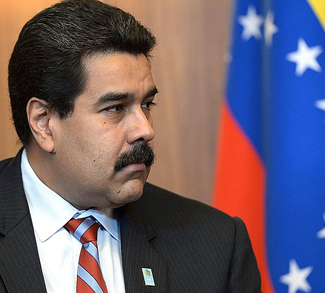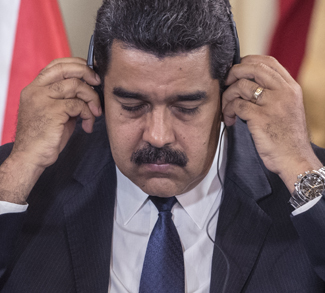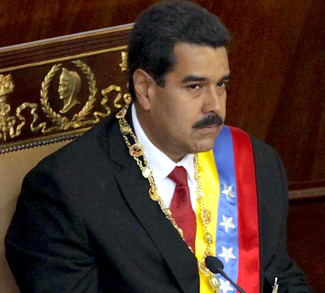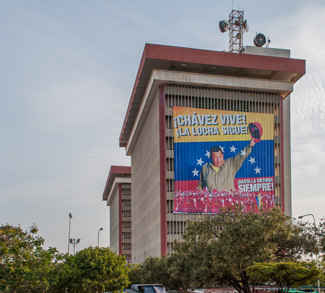Summary
Millions of Venezuelans took to the streets yesterday in what opposition parties are calling ‘the mother of all marches.’ Three people are reported to have been killed in clashes between protestors and the security forces so far, including a 17-year-old boy who was shot in the head in Caracas. More marches are planned for Thursday.
The protesters’ goal is to dislodge the Maduro government, which has presided over a profound economic collapse over the past three years. But success won’t come easy. President Maduro has weathered nation-wide protests before; in fact, there have been ongoing violent protests of varying intensity since the last popular uprising in 2014.
In terms of a more pliable Maduro government, there’s no indication that this time will be any different. However, 2017 is not 2014: now there’s more hunger, more shortages, more violence, and more desperation, even in former strongholds of the Bolivarian Revolution. This time the political stalemate could give way to open conflict, and even a breakdown in state authority.
Impact
Somehow, an already reeling economy goes from bad to worse. Venezuela’s economy has suffered a fundamental breakdown, such that matters of employment and future prosperity are taking a backseat to basic survival. Hunger is increasingly widespread as hyperinflation and food shortages leave tables bare across the country. The resulting political dynamic is old as time: people are taking to the streets in the millions, demanding political change to end their suffering.




